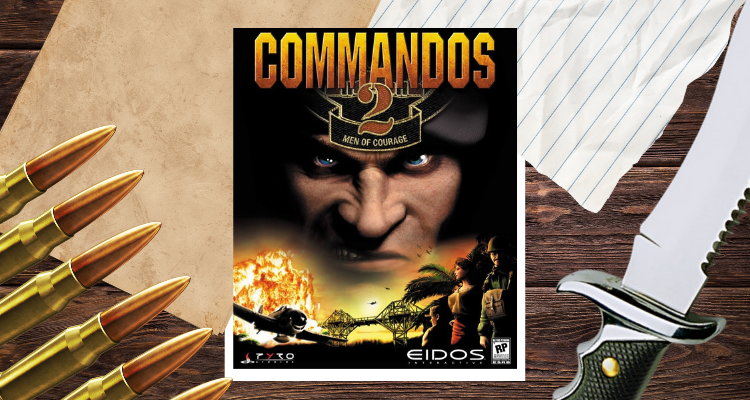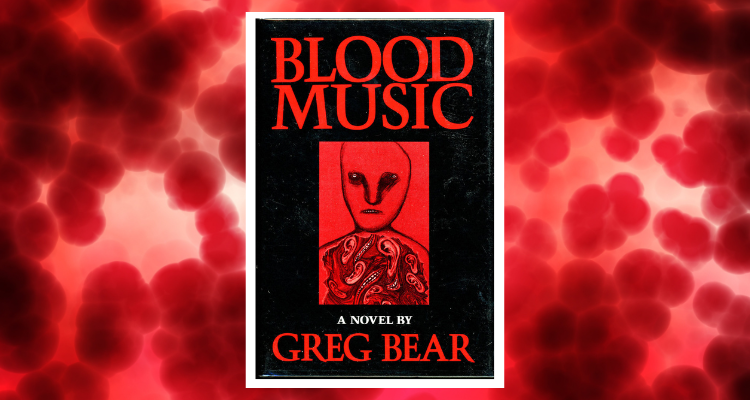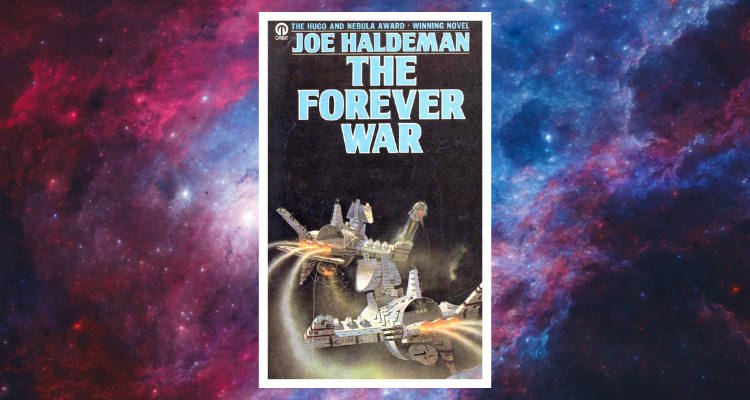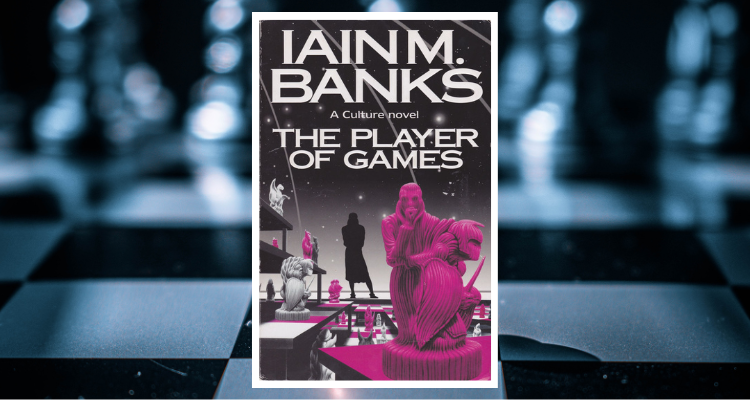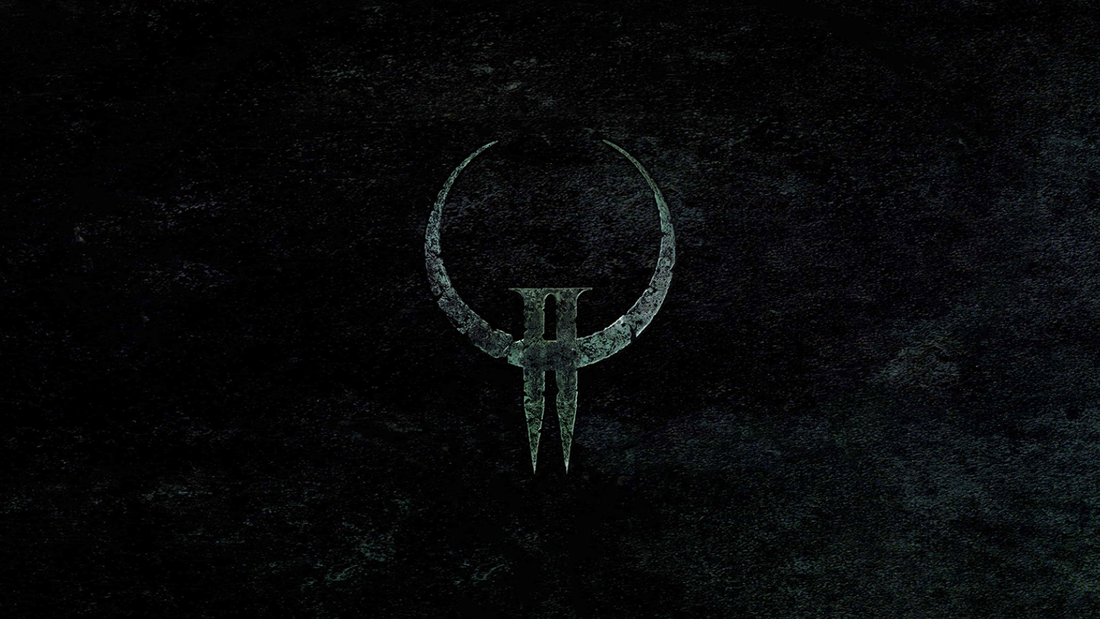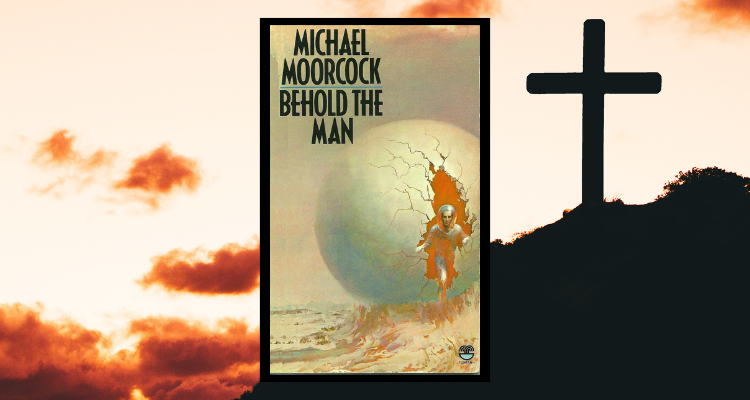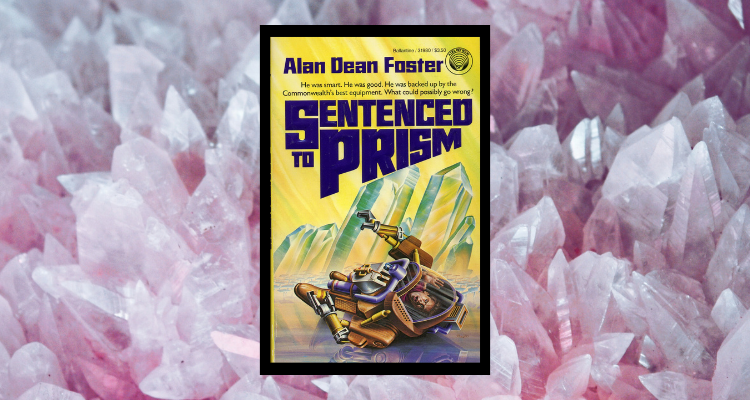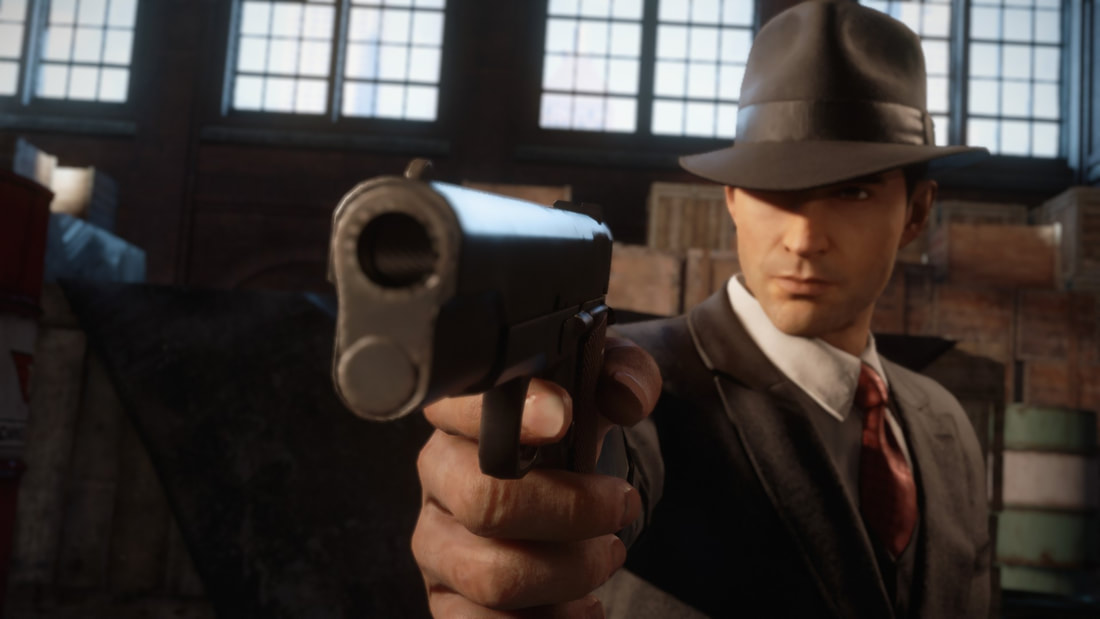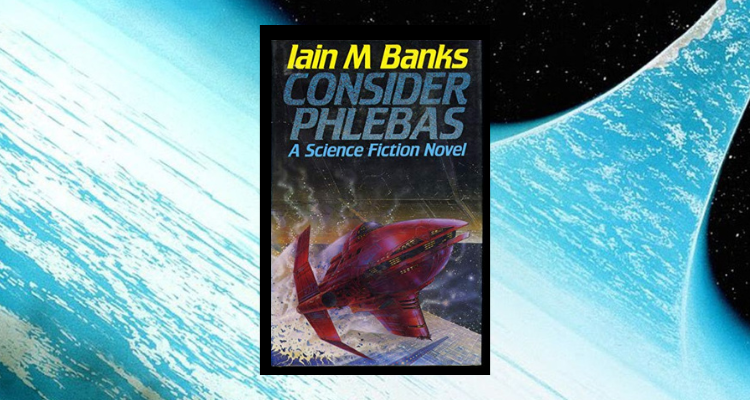|
In 1998, Madrid-based videogame developers Pyro Studios produced a shock hit with their landmark game Commandos: Behind Enemy Lines. It shifted 900,000 copies, and did particularly well in the UK and Germany. Eventually, it would prove to be the trigger point for a small but uniquely engaging sub-genre of real-time stealth tactics games. These sprang up in the early 2000s, died off, and were then revived in 2016.
After the release of the standalone expansion Beyond the Call of Duty in 1999, Pyro’s British publisher, Eidos, were eager to profit from another success. They put their weight behind the Spanish developers, who set to work on a sequel with a hefty budget of $7 million. Flush with cash and manpower, Pyro ultimately delivered an almost recklessly ambitious follow-up: 2001’s Commandos 2: Men of Courage. Over 20 years later, the game is still an essential entry in the genre that Pyro invented. Commandos 2 is definitely a product of its time, and its learning curve can be steep for those more familiar with the friendlier revivals made by Mimimi Games. It is exuberant but imperfect, with a number of new concepts and systems which could have been better implemented. Despite these flaws, Commandos 2 is a thrilling exercise in painstaking stealth - and no exploration of the genre is complete without it.
2 Comments
American science fiction author Greg Bear, who passed away in 2022, had a major success with his 1985 novel Blood Music. An expansion of his award-winning 1983 short story, the novel is themed around emerging sciences of the 1980s: biotechnology and genetic engineering. Both unsettling and in a way inspiring, the book confronts the massive implications of a new kind of artificial, biological intelligence run amok.
In the story, a renegade scientist based in a realistic, contemporary California uses his own lymphocytes to create what he calls “noocytes”, or thinking cells. What begins as an experiment in information processing brings seismic changes first to the scientist’s body, then to the people around him, and later to the whole world. Blood Music comprises a series of frightening transformations, and explores themes of consciousness, individuality, and the nature of reality itself.
The first step was the development of advanced starships. The second step was the discovery of “collapsars”, which defy the laws of physics and make faster-than-light travel possible. With these developments, by the end of the 20th century humanity is poised to master the stars. There is only one thing standing in the way - the aliens they dub Taurans. Responsible for the destruction of a number of Earth’s colony ships, these creatures squat malevolently on the worlds around key collapsars.
To combat the threat, the Elite Conscription Act is used to forge a new, interstellar fighting force. Earth’s brightest and best are equipped with the latest weapons, and sent to fight on desolate, distant worlds with low gravity and lakes of liquid helium. Their mission is to find and defeat the Taurans, and make the galaxy safe for human expansion. This is a new kind of war. Travelling at relativistic speeds on the way to collapsars causes powerful time dilation effects, cutting the soldiers off from their families. Within just a few years of subjective time, the Taurans might have advanced their technology by several generations. And if the troops ever get back to Earth, they may not even recognise it - or what remains of the human species. The war with the Taurans stretches on for a thousand years, from Earth’s frame of reference - but was it all worthwhile? Originally published in book form in 1974, The Forever War is a brilliant science fiction novel by American author and Vietnam War veteran Joe Haldeman. While frequently compared with another iconic military SF novel, Robert A. Heinlein’s Starship Troopers (1959), it deserves to be recognised on its own terms. Peter F. Hamilton has called it “a damn near perfect book”, with some justification. This is a science fiction novel that every fan of the genre ought to read.
Jernau Morat Gurgeh is a citizen of the Culture - one of many teeming billions in the post-scarcity interstellar civilisation. He has a special talent, however, which marks him out as unique. He is a game-player of legendary skill. Over his lifetime, he has mastered every card-, board-, and computer-based game that is known to the Culture. Constant success breeds boredom, and so Gurgeh becomes restless.
Eventually, he receives word of a remarkable new challenge which he is later forced to accept. His mission is to travel to the distant Empire of Azad, a decadent and cruel star-faring society which uses a game to determine its political hierarchy. The game of Azad is so dizzyingly complex that even Gurgeh may not be able to learn it during the years-long journey. When he arrives, he finds that there is more at stake than his reputation - the fate of civilisations may be on the table. The Player of Games is the second novel to be published in Iain M. Banks’ revered Culture cycle, following Consider Phlebas (1987). It is often thought to be one of the most popular of the books, and is sometimes suggested to be a good starting point. It is an engaging character study of Gurgeh, and a story which deals cleverly with themes of power, manipulation, and the nature of games.
In August 2023, id Software’s 1997 first-person shooter Quake II was updated to a new, enhanced version. This was no surprise - it had been rumoured for some time, and seemed inevitable after the 2021 reissue of the original Quake. What few were prepared for is how brilliantly the job was done.
Multiple studios lavished care and attention onto Quake II. They made a laundry list of improvements to graphics, sound, AI, and pathfinding. They added in both of the original expansion packs, and a new PC port of the Nintendo 64 version of the game. Finally, just like Quake, the sequel received a huge and superbly made new expansion developed by MachineGames. Suddenly, Quake II is in the limelight again. For many years, the game was eclipsed almost totally by its own predecessor and by other ‘90s shooters. During this period, strange notions gained traction. One was that Quake II was somehow a failure on its original release - which could hardly be further from the truth. The wonderful enhanced version of Quake II does change the way the game looks and plays. First and foremost, though, it demonstrates again how brilliant id Software’s work was to begin with. Today, it should be clearer than ever that Quake II represents the pinnacle of the golden era of shooters, the heady days of the 1990s. Here we explore three aspects in which it was extraordinary back in the day, and is better still in 2023.
In May, I played just four games but it was an interesting selection. For Entertainium, I reviewed two new games. Miasma Chronicles is the new release from the makers of Mutant Year Zero, and is another strong entry in the turn-based tactics genre. Warhammer 40,000: Boltgun was on my most anticipated list for 2023, but still surprised me with its quality - indie studio Auroch Digital did a fantastic job combining the 40K licence with the boomer shooter.
As ever, I also played some older games. I revisited Dishonored for the first time in a while, celebrating Arkane’s glory days at the same time as they entered their darkest hour with the disastrous recent release of Redfall. What took up the bulk of my gaming time in May, though, was the open-world deep South crime experience of Mafia III. I got completely sucked into its compelling story and open-ended gameplay, and hope to cover it more in due course.
It’s a common question - if you could travel in time, to what point in history would you go? For Karl Glogauer, the protagonist of Behold the Man, the answer is never in doubt. After meeting an eccentric scientist who has devised an improbable time machine, the troubled Karl volunteers to visit 28 AD in a bid to meet Jesus Christ. He discovers that the Nazarene can barely speak, let alone save mankind. Karl takes an extraordinary step and becomes the Jesus we know from the Bible - despite knowing where his actions will lead.
Originally published as a novella in New Worlds magazine in 1966, Behold the Man is one of the most bold and unique of all time travel stories. Michael Moorcock won the Nebula Award for Best Novella for his work, and subsequently extended it into a short novel which was published in 1969. This story is a classic of new wave science fiction, which Moorcock championed as editor of New Worlds at the time. It is a fast-paced and intriguing exploration of religious belief, psychology, and the quest for meaning.
The planet Earth is home to an immense variety of lifeforms, from the tiniest viruses and microbes up to the huge and complex mammals that roam the land and sea. This teeming glut of life is enormously varied, but in one respect it is monotonously uniform - all life on our planet employs a carbon-based biochemistry. For science fiction writers, the various hypothetical types of biochemistry have long been a source of inspiration. Chief amongst these is the notion that somewhere, on another world, life may have arisen that is based not on carbon but instead on another element with some similar properties: silicon.
Originally published in 1985, Sentenced to Prism is the fifth standalone entry in Alan Dean Foster’s long-running series of SF novels set in his Humanx Commonwealth universe. It represents a novel-length exploration of the idea of silicon-based life. The book depicts a distant planet that is rife with crystalline creatures, and looks into the implications this would have on body type, survival strategies, reproduction, communication, and the nature of intelligence. In classic Foster style, the novel is not only a headlong leap into alternative biology but is also an exciting adventure story about human survival on a bizarre and hostile world.
It’s another double edition of this regular look back at the games I’ve played recently. This instalment covers both March and April of 2023, when I reviewed two new games - one of them in early access - and revisited another batch of older releases.
Those two releases cover both the sublime and the ridiculous. For the former, I got the chance to play the slender but stellar early access release of Supplice, the retro shooter made by Doom modding veterans. On the ridiculous front is Gun Jam, a bitterly disappointing and frankly unfinished rhythm shooter that adds nothing at all to that nascent sub-genre. The older games covered this time are a varied lot; I replayed two of my personal favourites, in the form of third-person action games Oni (2001) and Urban Chaos (1999). I tackled the controversial but very well-made “stealth strategy” War Mongrels (2021), and finished Deus Ex: Human Revolution (2011) for the third time. Possibly the highlight of these months, though, was playing the 2020 definitive editions of gangster sagas Mafia (2002) and Mafia II (2010).
Scottish author Iain M. Banks has been much missed since he passed away in 2013. For science fiction readers, he made a tremendous impact with his Culture series: ten novels about a powerful, post-scarcity civilization set on a vast, interstellar scale. The first novel in the series to be published - and Banks’ first SF book - was Consider Phlebas, in April 1987.
While this sprawling space opera does introduce the Culture, it does so in an unusual way. It focuses not on the citizens of the Culture, or on its starships or institutions. Instead, the protagonist of the book is an implacable enemy of the Culture, working to secure its defeat in a galaxy-spanning war. By taking this approach, Banks worked to not only help readers view the Culture from outside, but also to subvert the established tropes of the space opera. In the process, Banks began an iconic series that occupied much of the rest of his working life; and helped to revitalise that same genre. While few Banks fans regard Consider Phlebas to be among the best of the series, it is an exciting SF adventure and a strong start to one of the most important and revered series in the whole genre. |
About
I write about classic science fiction and occasionally fantasy; I sometimes make maps for Doom II; and I'm a contributor to the videogames site Entertainium, where I regularly review new games. Categories
All
|
